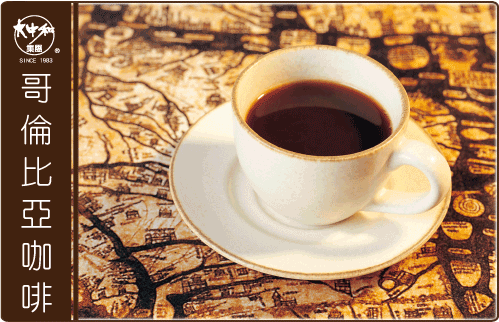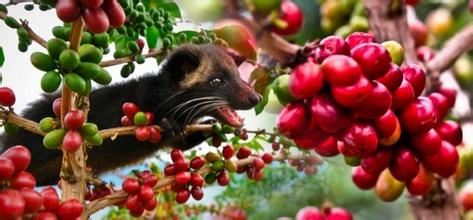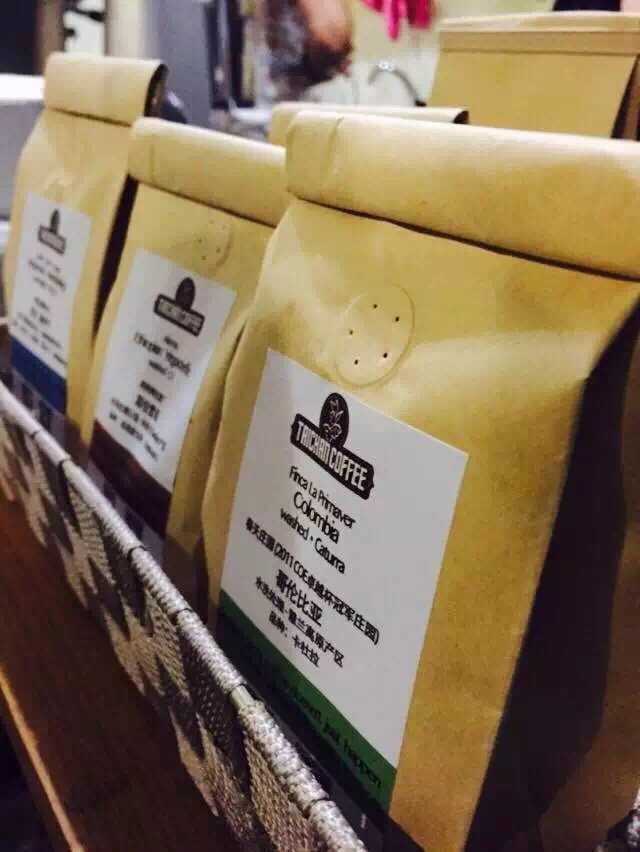Introduction and grading of Colombian coffee beans
Colombian Coffee
Our Colombia coffee-producing region is located in the city of Hutton Bolivar in the Medellin region of the northern Andes Mountains of South America, where the climate is mild, the air is humid and the sun is abundant. And our Farrens Mountains are right here, and hard-working farmers are growing coffee along the highlands of these mountains. The terraces provide a diverse climate, which means that harvest season occurs throughout the year and different types of coffee ripen at different times. There are about 2.7 billion coffee trees in Colombia, and our coffee trees make Colombia coffee stand out.
Our Colombia coffee is scientifically machine sifted and manually selected. The grades are mainly divided into: ESMERALDA, SUPREMO, EP PREMIUM.
The taste of Colombia coffee is described as: smooth, balanced, soft and ready to drink.
I. Classification according to defective beans
There are two types of defective beans:
- The first type: what's called a class 1 defect.
- The second type is called a secondary defect.
Type 1: Major blemishes (blemishes that affect the presentation of coffee flavor characteristics) : black beans, mold beans or sour beans
Private Raw Bean Exporters: No more than 12 Grade 1 defective beans
National Coffee Council: No more than 8 defective beans in Grade 1
Second: minor defects (defects affecting the appearance of raw beans) :
Discolored beans (old beans, over-dried beans, soybeans), damaged beans, insect bite beans, shell beans, immature beans, abnormal beans
Private Raw Bean Exporters: Minor defective beans no more than 60
National Coffee Board: No more than 35 Grade II defective beans
Note: Major defective beans can be replaced by the number of secondary defective beans. One primary defective bean is equivalent to 10 secondary defective beans.
boutique coffee
Grade AA has zero first-grade defective beans and less than 5 second-grade defective beans per 500g coffee.
Grade A coffee contains less than 3 first-grade defective beans and less than 8 second-grade defective beans per 500g.
Grade 1 has less than 8 defective beans per 500g coffee and Grade 2 has less than 35 defective beans per 500g coffee.
Second, according to the size of the bean
Maragogype A special tree having large beans and a small total yield.
No more than 5% of the beans in the Supremo sample are less than 17 mesh but more than 14 mesh
Supremo screen 18+ 18+ No more than 5% of the beans are below 18 mesh but above 14 mesh
Excelso Extra No more than 5% of beans below 16 mesh but above 14 mesh
Excelso EP sub-standard samples contain no more than 2.5% of beans below 15 mesh but above 12 mesh (this proportion may be adjusted to 5% or 8% depending on demand)
U.G.Q. "Usual Good Quality": Not more than 1.5% of the beans in the sample are less than 14 mesh but less than 12 mesh
III: By Region
Traditionally, Colombia coffee is often referred to as: Armenian/Medellin Premium
A few years ago, coffee began to be sold under regional names: Popayan, Bucaramanga, Huila, Tolima, Medellin, Nariño became the main coffee producing areas.
Colombia has two distinct coffee production periods: Main crop and Mitaca. These two production periods vary in different regions
For example, harvest time of the main season
Bucaramanga October-December.
Popayan May-June
Usually the quality of coffee produced in the main season is better than that in the second season
IV: According to the law
According to the National Coffee Board, only high-quality coffee beans are allowed to be exported. All of these have standards set by the National Coffee Board.
Business classification: Maragogype, Supremo, Excelso and UGQ.
Grade AA, Grade A, Special Grade.
Each grade has specific specifications for bean size and subgrade.
The National Coffee Council and private brewers also classify several categories as specialty coffee, such as coffee labeled organic, sustainable and fair trade.

Source: Network
Important Notice :
前街咖啡 FrontStreet Coffee has moved to new addredd:
FrontStreet Coffee Address: 315,Donghua East Road,GuangZhou
Tel:020 38364473
- Prev

Where is the best place for coffee trees to grow and grow? Requirements for planting conditions of boutique coffee
In botany, coffee trees belong to the evergreen trees of the subgenus Rubiaceae, and coffee beans, commonly known as coffee beans, are actually the seeds of the fruit of coffee trees, just because they are shaped like beans, so they are called coffee beans. Climate is the decisive factor for coffee cultivation. Coffee trees are only suitable for growing in the tropics or subtropics, so north and south latitudes
- Next

Special attention to the storage of coffee beans
To start buying coffee beans, first choose a coffee shop where business is booming. The freshness of roasted beans is the life of coffee, so choose a warehouse for fresh coffee beans, a clean place with no oil residue from old beans and shops with no direct sunlight and no high temperature around. It is also a good way to buy in a self-baking store that you think is fragrant and mellow. When buying baked beans, refreshing beans can
Related
- Guji coffee producing area of Guji, Ethiopia: Humbela, Shakiso, Wulaga
- What is the most expensive variety of Qiloso in BOP multi-variety group?
- How to store the coffee beans bought home?
- Why are Yemeni coffee beans so rare now?
- Ethiopian Sidamo all Red Fruit Sun Sun Santa Vini Coffee beans
- SOE is mostly sour? What does it mean? Is it a single bean? what's the difference between it and Italian blending?
- Is Italian coffee beans suitable for making hand-brewed coffee?
- How to choose coffee beans when making cold coffee? What kind of coffee beans are suitable for making cold coffee?
- Just entered the pit to make coffee, what kind of coffee beans should be chosen?
- Can only Japan buy real Blue Mountain Coffee? What are authentic Jamaican Blue Mountain coffee beans?

